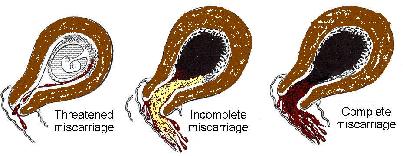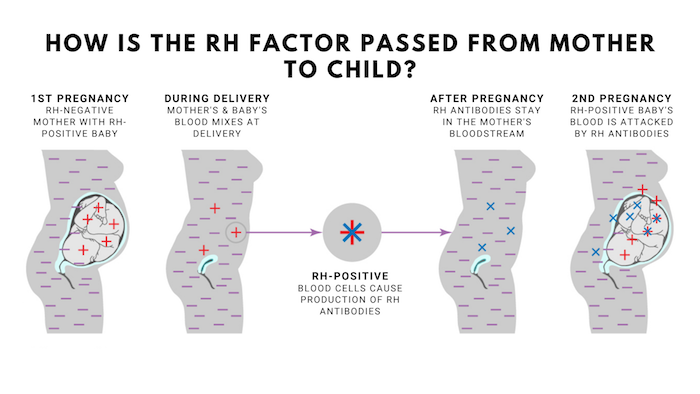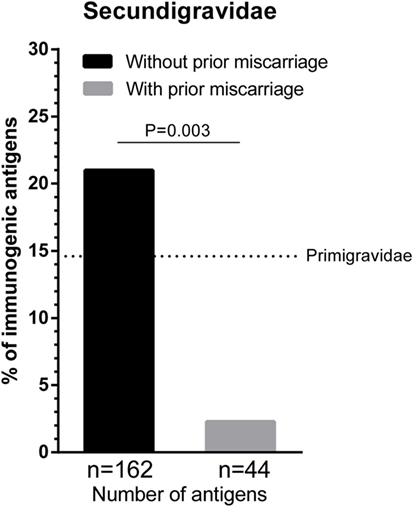

See a doctor at once if blood or fluid passes from the vagina or if the baby has stopped moving.īy this stage, most people realize that they are pregnant and are unlikely to mistake pregnancy loss for a period. In the second trimester, a person may not have any indication of pregnancy loss until they go for a routine scan. Only 1–2% of losses happen at this stage, before week 24. Pregnancy loss in the second trimesterĪfter about week 12, pregnancy loss is no longer considered early. If it occurs after this time, seek urgent medical advice. 10–13 weeksīy week 10, the blood clots that pass may be dark red and jelly-like, and fluid may also pass from the vagina.īleeding or spotting is common in early pregnancy, but not after week 12. In addition, they may be able to identify the gestational sac containing the embryo. 6–9 weeksĭuring this time, the bleeding of pregnancy loss may include clots and a small, fluid-filled sac that had provided nutrients for the developing fetus.Īt around 8 weeks, a person may also pass tissue that may be dark red and shiny.

It may include clots and occur with abdominal cramping. Up to week 6īefore week 6, pregnancy loss may involve bleeding that is lighter or heavier than a period. The indications of pregnancy loss can differ, depending on when it occurs. A person can usually try to conceive again soon after, although a doctor may recommend waiting until after the next period. Most people recover from very early pregnancy loss without care from a doctor.

Bleeding: During pregnancy loss, the bleeding can begin quite suddenly, and it may be heavier than that of a period.Passing pregnancy tissue or blood clots: There may also be clots that are gray or white.Passing fluid: This does not typically occur during a period.Lower abdominal cramping: Cramps are also common with periods, but during pregnancy loss, there may be strong muscle contractions and pain in the lower back and pelvis.Signs that a person may be experiencing pregnancy loss, as opposed to menstruation, include: It is not always possible to tell the difference. Menstruation patterns vary from person to person and they change over time.īleeding may become heavier or occur later, and this might be a natural shift or it might indicate that the person had been pregnant.


 0 kommentar(er)
0 kommentar(er)
